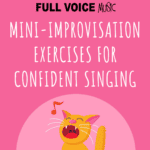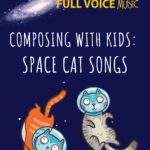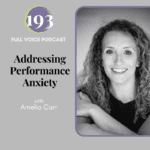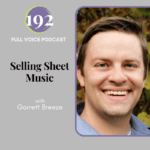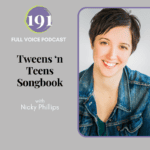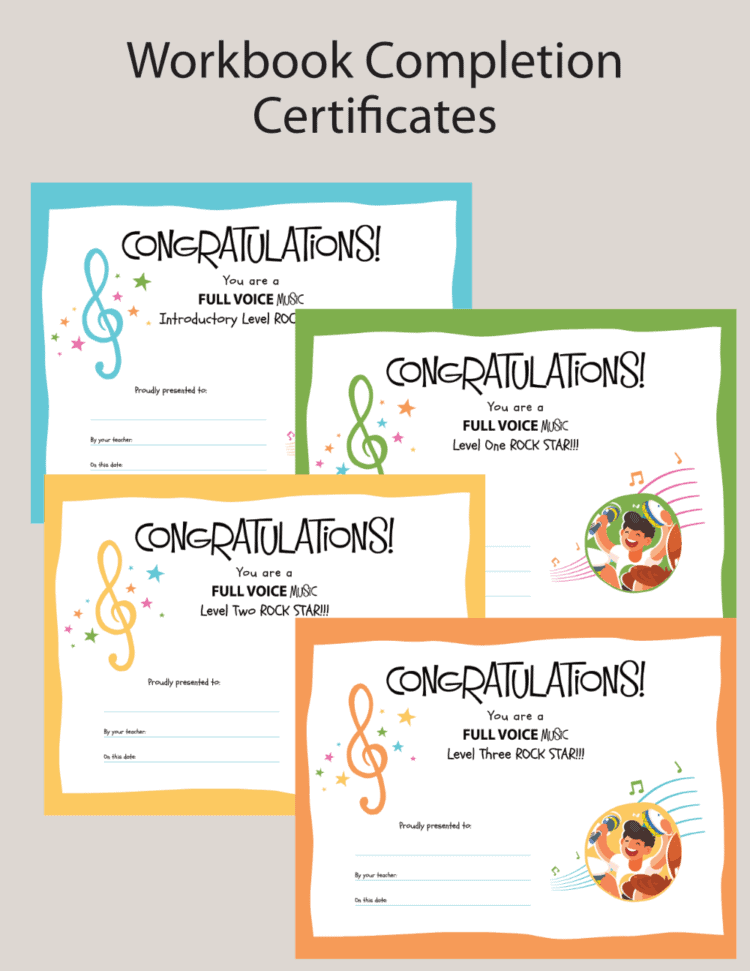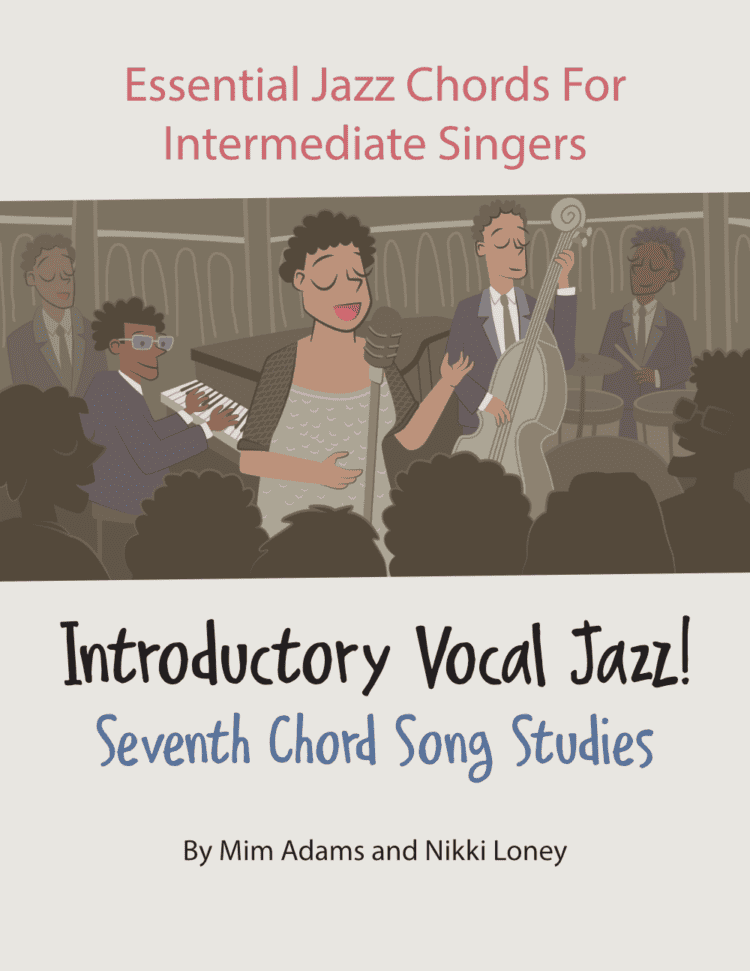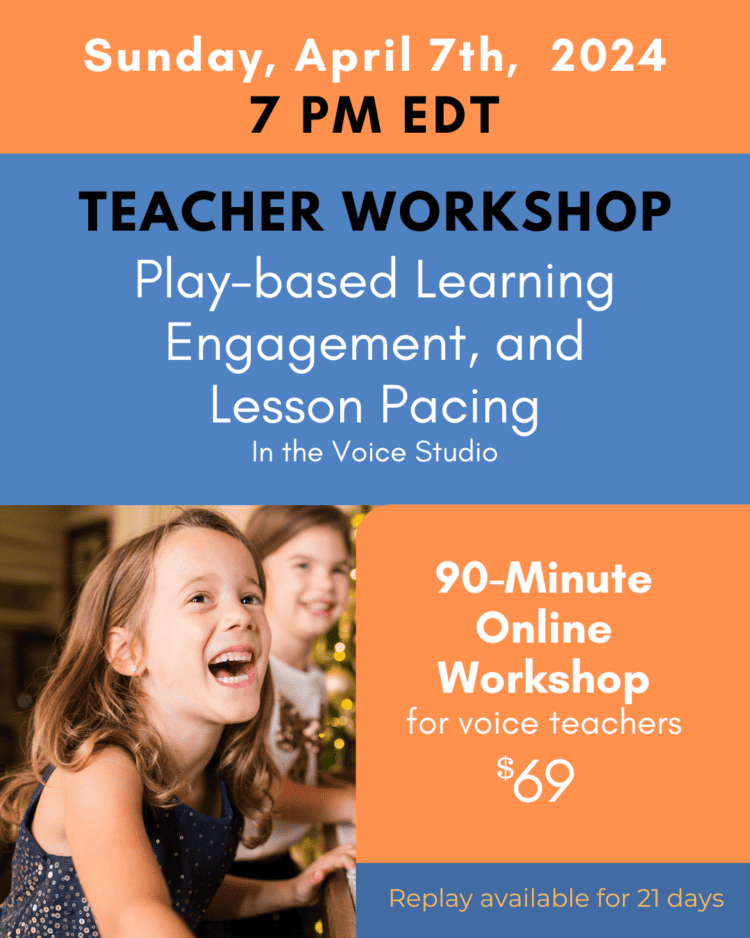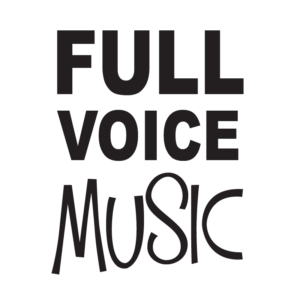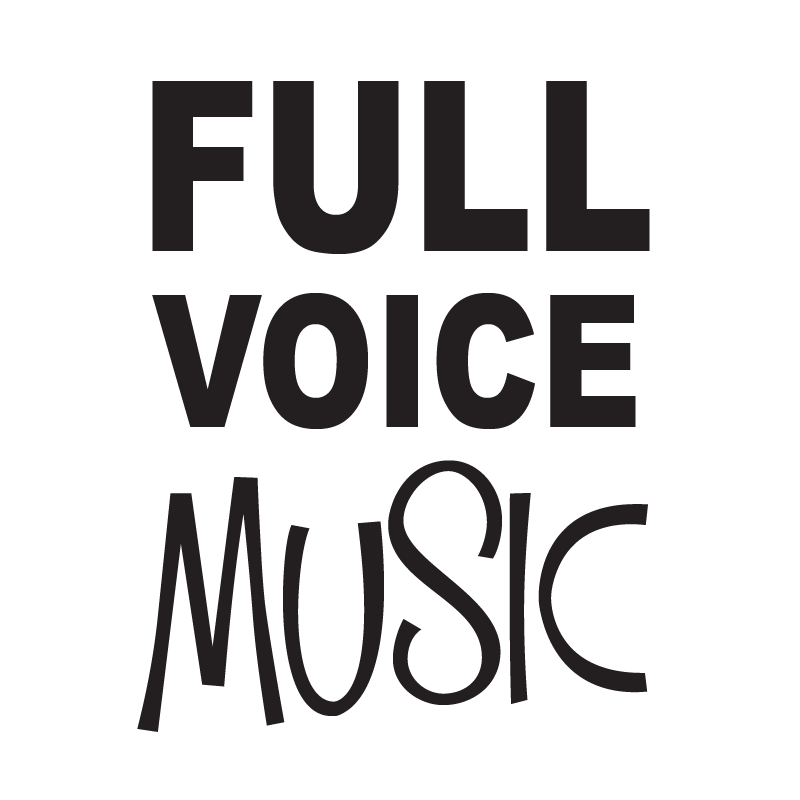
Why Singers Need to Move – By Christin Coffee Rondeau
Economy and balance: such should be our motto. We must economize our nervous expenditure, which expresses itself in angry starts, sudden irregular, impatient movements, depression, hypersensitiveness. We must economize our time, cease work before the point of fatigue is reached, anticipate the moment when rest becomes necessary. And we must economize our will to progress, moderate our appetites, and balance our desires of creation with the means at our command. – Émile Jaques-Dalcroze (1)
Children use kinesthesia to learn about their world. But Western education attempts to train the mind, and pays little attention to the kinesthetic sense. – Robert M. Abramson (2)
Elemental music is never music alone; it is bound up with movement, dance, and speech. – Carl Orff (3)
Why do people automatically clap along to a rousing folk melody or tap their foot to jazz? Why do symphony audience members discreetly “conduct” beautiful legato phrases from their seats? Why do we feel an instinct to sway to music in 6/8 rather than standing still or skipping?
The answer is simple: music is tied to movement. We might forget this. We might think we’ve outgrown it. We might try to brush our moving inclinations away, saying “Oh, you don’t want to see me dance!” or “I’m just a singer; don’t make me think about rhythm!” But the instinct to move, to embrace singing as a whole-body, kinesthetic experience rather than a “stand and sing behind the music stand” experience is powerful, and, dare I say, primal.
As voice teachers and singers, it is important for us to consider how movement impacts our students and ourselves. The study of singing has long been a “stand still and sing” discipline, and perhaps, it is time to offer a different approach for our more kinesthetic students—and ourselves.
Why is it important for singers to develop movement understanding and awareness?
1) Because music and movement are inextricably linked.
We’re all used to hearing the term “music and movement” applied to children’s music classes, so on some level, we acknowledge that movement is an important aspect of music education. Perhaps, on an intellectual level, we even think of ourselves as rhythmic beings. However, as we grow in age, we also grow in inhibitions, meaning that creative, expressive movement eventually takes a backseat to what we perceive as more sophisticated musical pursuits. In so doing, we miss the fact that movement cannot be removed from music–even sophisticated, nuanced music.
Rhythm, which comes from a source within us, can be manifest as external movement. That external movement can be labeled to help us appreciate the infinite possibilities and experiences of rhythm manifest as movement. Rhythm is a manifestation of tension and release that provides points of reference commonly referred to as “meter.”–James Jordan (4)
This is not choreography. This is the realization that, in one way or another, our bodies are always in motion. They might not be traveling, but they are always moving. Since our voices originate within our bodies, our music, too, is movement-based.
It goes without saying that a musical phrase is movement, and vice versa. As singers, our movements relay our innermost rhythm, musical line, and textural colors. […] The ability to move freely is a prerequisite for the study and understanding of music phrasing.– James Jordan (5)
We need to re-awaken this sense of rhythmic, creative exploration in our students, both child and adult, if we want them to embrace their whole selves as musicians.
2) Because students internalize musical concepts better when they can explore them physically.
“Mrs. Rondeau! This song has four beats in each measure!” I was at a skating party for the school where I teach middle and high school chorus. All semester, we had been starting class with a series of “beat discovery” activities. In my rehearsal room, students were generally able to move to a steady beat and subdivide large beat patterns. They were also fairly consistent with knowing which beat they were on, due to our near-constant moving and counting. However, I had not discussed with them how they could rhythmically explore music in their everyday lives. This student at the skating party was practically glowing with her discovery that the music playing through the speakers was in 4/4. When I asked her how she knew, she said, “I felt the beats in my body like we do in class! I started feeling and thinking in four-beat groups! It’s so cool….it’s like I understand music in a whole new way now!”
As the saying goes, “Tell me, and I forget. Show me, and I remember. Involve me, and I understand.” When students are able to experience musical concepts in a spatial, kinesthetic, creatively engaging way, they learn to 1) approach musical problems in a new light and 2) understand musical fundamentals in a way that might otherwise seem vague and conceptual. As Dr. Marla Butke says, “If you can show me a musical concept in your body, I know you truly understand it.” (6)
3) Because students grow in confidence in their artistry, voices, and natural musicianship.
[Among students who are allowed movement exploration], music and movement improvisation become a unity not to be divided any more. […] Those who are once more familiar with movement and sound will no longer be shy about using their voices, […] out of this, the individual voice is released, and inhibition to be a soloist is overcome.—Dorothee Günther (7)
Once we make peace with our inherent rhythmic-ness, we, and our students, stand to gain a whole new perspective on musicianship and on ourselves as music-makers.
Above all here, shyness at producing something will quickly disappear; it will be so natural to try that which most appeals.[…] Above all, a sense of one’s own security awakens an interest in unfamiliar forms, one sees, hears, feels in other areas and there grows a sincere interest for artistic creation that has not been imposed externally.—Dorothee Günther (8)
Last year, I had the opportunity to see Pink Martini in concert. I’ve always loved their unique take on world music, jazz, and pop, but seeing them live was another thing altogether. Every musician on stage appeared so comfortable and confident in his/her own body. Every movement was an intentional, yet spontaneous, expression of an inner musicality. I was especially awed by the expressiveness and freedom of lead singer China Forbes. There were plenty of times when she was content to just stand and sing, but when she moved, danced, or gestured, there was an intention and spontaneity that added a new element of beauty to the piece. While the music was fabulous, it was the dancing, movement, and visible joy of the musicians that made the concert so memorable.
We all know that clean, crisp movements work best on stage. But they can be intimidating to practice, leading to the bent elbows and small, halfhearted gestures we teachers know and loathe. If we were to develop a studio culture of intentional movement and creative exploration, I wonder: would our students begin to see themselves as naturally rhythmic people? Would they develop a greater sense of spatial awareness? Would they carry themselves–on stage and off–with more grace and confidence?
It is not only interest in artistic creation that is involved: movement brings about a relationship to one’s body—anatomical, physiological[.] The physical and psychological sense of responsibility for oneself and others becomes enlivened. -Dorothee Günther (9)
4) Because it’s fun.
At first brush, creative movement in the private studio may seem awkward and stilted. Too vulnerable, too intimate, too embarrassing, too….much. But this is part of why it’s so important. Art is vulnerability. Life is vulnerability. Our students need to see us trying new things, keeping what works, tossing what doesn’t. We can’t expect them to take musical risks and try new approaches if we’re not willing to model that behavior for them. They need to see us looking silly, making mistakes, getting rhythms wrong, counting incorrectly, looking and feeling
uncoordinated….because it lets them know that they are not alone, that it’s not a big deal, and that it’s ok to let music-making feel like play. And students retain play! As the saying goes, “If you’re laughing, you’re learning!” Providing a studio construct in which students of all ages are encouraged to move, sing, and play will set them up for a lifetime of free, joyful music-making.
Whether you’ve thought of yourself as a “mover” your whole life, or whether you’re like me and awkwardly stumbled into it well into your teaching career, your students have much to gain from your studio culture of freedom, movement, and creative exploration. There is a time to “stand and sing,” to be sure. But there’s also a time to glide, march, skip, twirl, pat, snap, and amble. Let’s empower our students—and ourselves—to embrace this aspect of our musical selves and experience a whole new way of learning and creating music!
1 Jaques-Dalcroze, Émile. Eurythmics Art and Education, 12. Quoted in James Jordan, The Choral Warm-Up, 178.
2 Abramson, Robert M. Dalcroze Eurythmics video. Quoted in Jordan, 175.
3 Orff, Carl. Quoted in Peter Michael Hamel, Through Music to the Self : How to Appreciate and Experience Music Anew, 18.
4 Jordan, James. The Choral Warm-Up, 191.
5 Jordan, 178.
6 Butke, Marla. Ohio Music Education Association Professional Development Conference, February 9, 2018.
7 Günther, Dorothee. The Rhythmic Person and Their Education, 88.
8 Günther, 90.
9 Günther, 90
About Christin Coffee Rondeau
Hi! I’m Christin, and I love helping musicians of all ages discover their voices. I have a Bachelor’s and a Master’s in Vocal Performance and a Level 2 Orff Certification. I’ve been making music my whole life, have formally studied voice for over 15 years, and have been teaching privately for over a decade. You can find me teaching at Sand Dollar Music in Dayton, Ohio, or serving as community manager for the awesome singer-teachers at The SpeakEasy Cooperative. Feel free to contact me at [email protected]!
Ready to invest in highly recommended, kid, and teacher-tested singing materials?
Get started with the Happy Singing Teacher Box. Get all our resources at a discounted price and FREE SHIPPING in Canada and the United States. (Happy Singing Indeed!)


